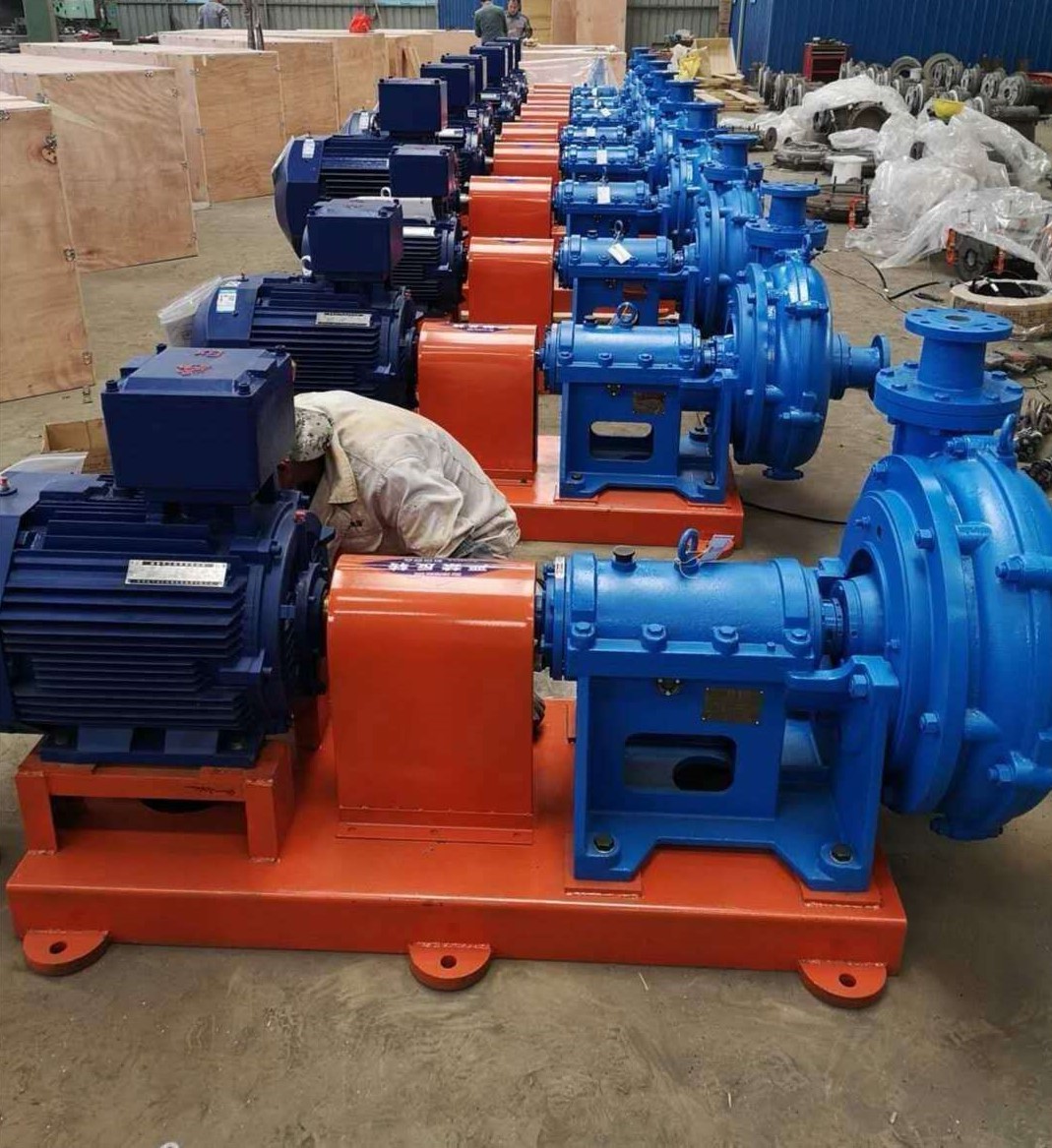Luxembourgish
- Afrikaans
- Albanian
- Amharic
- Arabic
- Armenian
- Azerbaijani
- Basque
- Belarusian
- Bengali
- Bosnian
- Bulgarian
- Catalan
- Cebuano
- Corsican
- Croatian
- Czech
- Danish
- Dutch
- English
- Esperanto
- Estonian
- Finnish
- French
- Frisian
- Galician
- Georgian
- German
- Greek
- Gujarati
- Haitian Creole
- hausa
- hawaiian
- Hebrew
- Hindi
- Miao
- Hungarian
- Icelandic
- igbo
- Indonesian
- irish
- Italian
- Japanese
- Javanese
- Kannada
- kazakh
- Khmer
- Rwandese
- Korean
- Kurdish
- Kyrgyz
- Lao
- Latin
- Latvian
- Lithuanian
- Luxembourgish
- Macedonian
- Malgashi
- Malay
- Malayalam
- Maltese
- Maori
- Marathi
- Mongolian
- Myanmar
- Nepali
- Norwegian
- Norwegian
- Occitan
- Pashto
- Persian
- Polish
- Portuguese
- Punjabi
- Romanian
- Russian
- Samoan
- Scottish Gaelic
- Serbian
- Sesotho
- Shona
- Sindhi
- Sinhala
- Slovak
- Slovenian
- Somali
- Spanish
- Sundanese
- Swahili
- Swedish
- Tagalog
- Tajik
- Tamil
- Tatar
- Telugu
- Thai
- Turkish
- Turkmen
- Ukrainian
- Urdu
- Uighur
- Uzbek
- Vietnamese
- Welsh
- Bantu
- Yiddish
- Yoruba
- Zulu
Telephone: +86 13120555503
Email: frank@cypump.com
Jul . 27, 2024 11:39 Back to list
Understanding the Role and Function of Sewer Ejectors in Wastewater Management Systems
Understanding Sewer Ejectors Essential Components for Waste Management
Sewer ejectors, often referred to as sewage ejector pumps, are crucial components of modern waste management systems, especially in residential and commercial buildings. These devices are designed to transport wastewater containing solids from lower elevations to higher elevations, ultimately directing it to the main sewer line or treatment facility. Understanding how these systems work, their components, and their significance can provide valuable insights into their role in maintaining sanitary conditions and preventing sewage backups.
The Function of Sewer Ejectors
In many properties, particularly in areas where the sewer grate is located at a higher elevation than the sewage source, gravity alone cannot ensure the effective disposal of wastewater. Sewer ejectors solve this problem by utilizing mechanical pumps equipped with a float switch that activates when the wastewater reaches a certain level. Once activated, the pump expels the contents of its basin through a discharge pipe, pushing the sewage upward and into the main sewer line.
These pumps are particularly beneficial in basements, where plumbing fixtures like toilets, sinks, and showers might be located beneath the level of the main sewer line. Without a sewer ejector, these fixtures would be unable to function properly, leading to potential health hazards and damage to property.
Components of a Sewer Ejector System
A typical sewer ejector system comprises several key components, including
1. Pump The heart of the system, responsible for moving the wastewater. It is usually submersible, meaning it operates while submerged in the sewage.
2. Float Switch This device monitors the level of wastewater in the ejector pit. When the water level rises to a preset point, the float switch activates the pump.
sewer ejectors

3. Ejector Pit A basin or chamber where the wastewater collects before being pumped out. It is essential for accommodating the solids and liquids efficiently.
5. Check Valve Installed in the discharge line, this valve prevents backflow, ensuring that sewage does not return to the ejector pit after it has been pumped out.
Importance of Sewer Ejectors
The significance of sewer ejectors cannot be overstated. They play a pivotal role in preventing sewage backups, which can result in unsanitary conditions and costly repairs. Regular use and maintenance of these systems are vital in avoiding clogs and ensuring reliable operation. Homeowners should be aware of signs that may indicate issues, such as gurgling sounds from drains, slow draining toilets, or unexpected foul odors.
Moreover, sewer ejectors contribute to overall public health and environmental safety. By ensuring that wastewater is effectively transported to treatment facilities, they help in reducing the risk of groundwater contamination and environmental degradation.
Conclusion
In summary, sewer ejectors are essential for effective waste management, particularly in structures where traditional gravity drainage cannot be utilized. Their strategic function and components work together to ensure that sewage is safely and efficiently removed from lower levels of buildings. For homeowners and building managers, understanding the operation, maintenance, and importance of these systems is crucial for maintaining hygiene and preventing costly plumbing issues. Investing in a quality sewer ejector system and ensuring its proper function will contribute significantly to the overall sanitation and safety of any property.
-
Horizontal Split Case Pump with GPT-4 Turbo | High Efficiency
NewsAug.01,2025
-
ISG Series Pipeline Pump - Chi Yuan Pumps | High Efficiency, Durable Design
NewsAug.01,2025
-
Advanced Flue Gas Desulfurization Pump with GPT-4 Turbo | Durable & Efficient
NewsJul.31,2025
-
ISG Series Vertical Pipeline Pump - Chi Yuan Pumps | Advanced Hydraulic Design&Durable Construction
NewsJul.31,2025
-
ISG Series Vertical Pipeline Pump - Chi Yuan Pumps | Energy Efficient & Low Noise
NewsJul.31,2025
-
pipeline pump - Chi Yuan Pumps Co., LTD.|High Efficiency&Low Noise
NewsJul.31,2025










